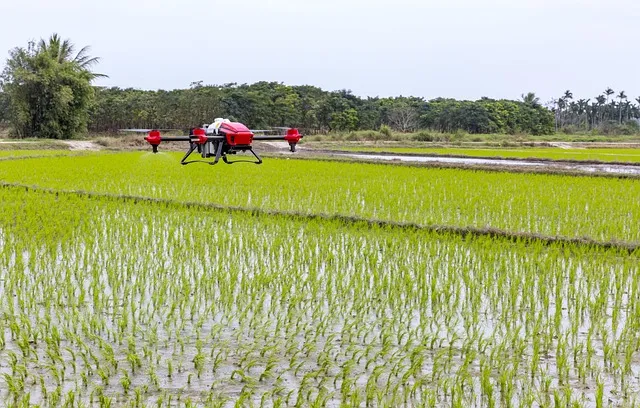As we progress through 2025, the global agricultural landscape is undergoing significant transformations driven by technological innovations and emerging challenges. Farmers and stakeholders are adopting advanced technologies to enhance productivity and sustainability, while also navigating complex issues such as climate change, resource scarcity, and market dynamics.
Innovative Technologies Shaping Agriculture
-
Precision Agriculture with AI and IoT
The integration of Artificial Intelligence (AI) and the Internet of Things (IoT) is revolutionizing farming practices. Precision agriculture enables farmers to monitor and manage crops with unprecedented accuracy, optimizing resource use and minimizing waste. For instance, John Deere’s autonomous tractors, showcased at CES 2025, exemplify this trend by automating tasks like spraying pesticides and fertilizers, thereby enhancing efficiency and sustainability.
-
Regenerative Agriculture Practices
Regenerative agriculture focuses on restoring soil health and biodiversity through sustainable farming methods. In Western Australia, Prospect Pastoral employs regenerative practices to produce high-quality merino wool, demonstrating the potential for ecological and economic benefits. However, challenges such as high costs and market acceptance persist.
-
Robotics and Automation
The deployment of agricultural robots is streamlining tasks like planting, weeding, and harvesting. Companies are developing robots capable of identifying and eliminating weeds with precision, reducing the need for chemical herbicides. For example, Carbon Robotics’ LaserWeeder uses lasers to target weeds, offering an eco-friendly alternative to traditional methods.
-
Vertical Farming and Controlled Environment Agriculture (CEA)
Vertical farming and CEA are gaining traction as solutions to urban food production challenges. These methods utilize controlled environments to grow crops in stacked layers, often integrating hydroponics or aeroponics. This approach reduces land use and water consumption, addressing the growing demand for sustainable food sources.
Emerging Challenges in the Agricultural Sector
-
Climate Change and Environmental Impact
Climate change poses significant risks to agriculture, including unpredictable weather patterns, droughts, and floods. Farmers are increasingly adopting climate-smart technologies to mitigate these effects. AI-powered weather forecasts, for example, enable farmers to make informed planting decisions, enhancing resilience to climate variability.
-
Market Dynamics and Trade Relations
Global trade tensions and shifting demand patterns are affecting agricultural markets. Brazil’s expansion of soybean cultivation, for instance, faces potential challenges due to changing demand from key markets like China, which is experiencing economic slowdown and demographic shifts. This situation underscores the need for diversification and adaptability in global agricultural trade.
-
Resource Scarcity and Sustainability
The depletion of natural resources, such as water and arable land, is a pressing concern. Innovations like nanotechnology are being explored to enhance resource efficiency. Nanosensors, for example, can monitor soil health and optimize irrigation, contributing to sustainable farming practices.
-
Labor Shortages and Technological Integration
Labor shortages in agriculture are prompting the adoption of automation and robotics. While these technologies offer efficiency gains, they also present challenges related to integration, cost, and the need for skilled operators. The balance between technological advancement and workforce requirements remains a critical consideration.
Conclusion
The agricultural sector in 2025 is characterized by rapid technological advancements and complex challenges. Embracing innovations such as AI, robotics, and regenerative practices offers promising solutions to enhance productivity and sustainability. However, addressing challenges like climate change, market volatility, and resource scarcity requires collaborative efforts and adaptive strategies to ensure a resilient and food-secure future.

